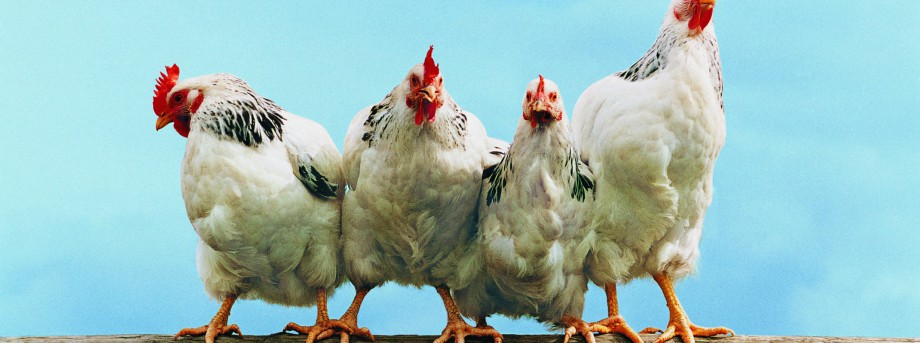The University of Nottingham
 Exchange online
Exchange online
Research Exchange
Food poisoning bug feasts on sugar-coated temptation

It is the bug that contaminates raw meat and the commonest cause of food poisoning. The Campylobacter jejuni bacteria is one of the reasons why we are told to make sure our meat, particularly chicken, is cooked properly. If a way could be found to block the bacterial molecules that encourage this bug to colonise it might help prevent the spread of the debilitating illness gastroenteritis.
In the search for an answer experts at The University of Nottingham, led by Professor Dlawer Ala’Aldeen and Dr Jafar Mahdavi in the School of Life Sciences, have discovered that Campylobacter uses a particular set of sugar-coated bacterial molecules living in the intestinal cell surfaces of the host to colonise and spread.
Their research, funded by the Medical Research Council, and published in Royal Society Journal Open Biology could lead to a better understanding of the host-bacterial interaction and the prevention and treatment of Campylobacter jejuni infections.
The Campylobacter jejuni sets up home in chicken intestine. Strategies to prevent infection are hampered by a poor understanding of the complex interactions between the host and the pathogen.
Taking a free ride
Professor Ala’Aldeen and his team have discovered that the bacteria piggy-back on a set of blood-group antigens (BgAgs) triggered by the host’s cells and use this ‘free ride’ to colonise and spread. The team have identified the exact bacterial molecules that facilitate this host-bacterial cell binding and the sugar coated carbohydrates that are used to attract the bacteria.
Dr Ala’Aldeen said: “The molecules are the flagellar protein (FlaA) and the major outer membrane protein (MOMP). The flagella are the locomotion appendages that help the bacterium move and swim around in the gut. MOMP is embedded in the outer layer of the bacterium and forms a channel for internalisation of essential nutrients. The MOMP is ‘sugar coated’ and it is these ‘glycan decorations’ that are critical for binding BgAgs and the binding to human and chicken intestine.
Dr Mahdavi said: “We found that removing a single molecule (Threonine-268) from MOMP significantly reduced the protein’s sugar coating and radically reduced the bacterial ability to bind host cells, cause biofilms in the lab or colonise chickens in broilers.”
Paving the way for new products
This discovery should help pave the way for the development of new products that can block the binding between Campylobacter and BgAgs, and thereby prevent chicken or human colonisation or reduce the burden of raw meat contamination in retail markets.
Leave a Reply
Other

Top prize for quantum physicist
A University of Nottingham physicist has won a prestigious medal from the Institute of Physics for […]

Zero carbon HOUSE designed and built by students comes home
Design and construct a low cost, zero carbon, family starter home, transport it to Spain, build […]